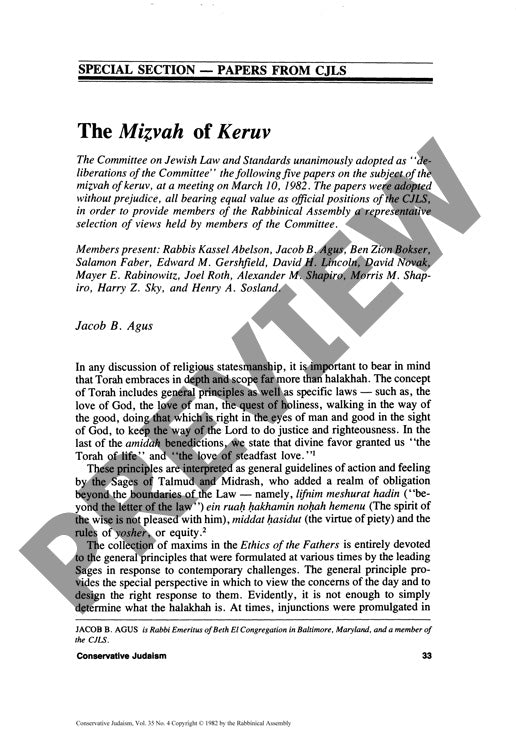The Mizvah of Keruv Special Section Pape
Couldn't load pickup availability
Throughout Jewish history, rabbinic authorities have consistently favored inclusive outreach over rigid exclusion when confronting intermarriage and conversion - a precedent that offers vital guidance for modern challenges. By analyzing classical rabbinic sources, including Talmudic literature, medieval responsa, and Maimonidean writings, this historical-theological investigation traces how the principle of keruv (bringing people closer to Torah) evolved from Hillel's foundational teaching about loving and drawing people to religious life. The examination reveals how Jewish leaders applied keruv to diverse cases including semi-converts, Karaites, and forced converts, consistently invoking principles like mipnei darkhei shalom (for the sake of peace) and affirming that even partial observance merits divine favor. These historical patterns support a formal Conservative Jewish policy of inclusion for children of mixed marriages where only the father is Jewish, specifically through ceremonies like brit milah al da'at beit din, naming rituals, and tevillah at bar/bat mitzvah. Such an approach authentically extends Judaism's traditional principles of inclusion to address contemporary demographic realities.

More Information
-
Physical Description
-
Publication Information
Published 1982
ISBN
-
Publication Credits
Jacob Agus

